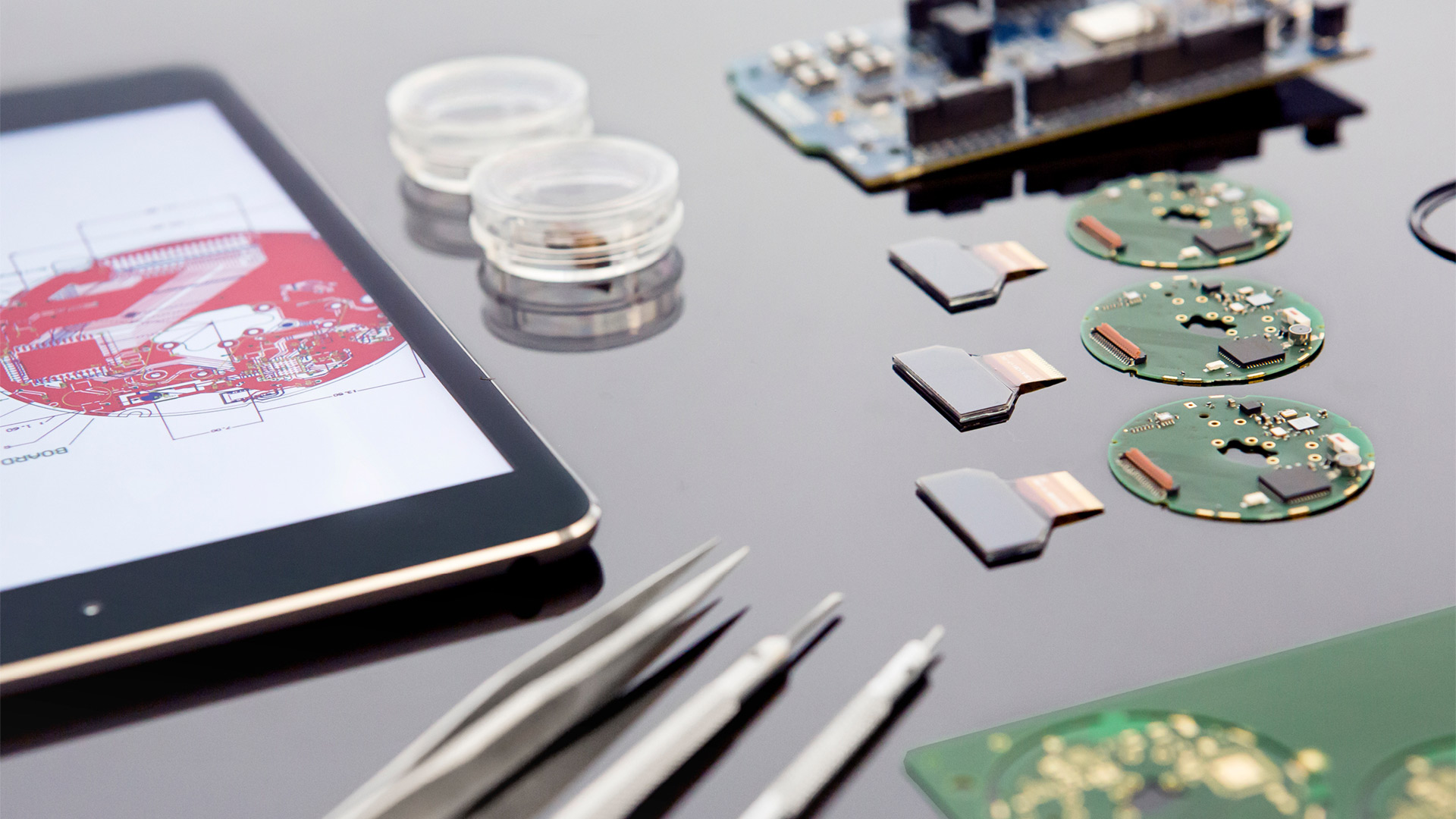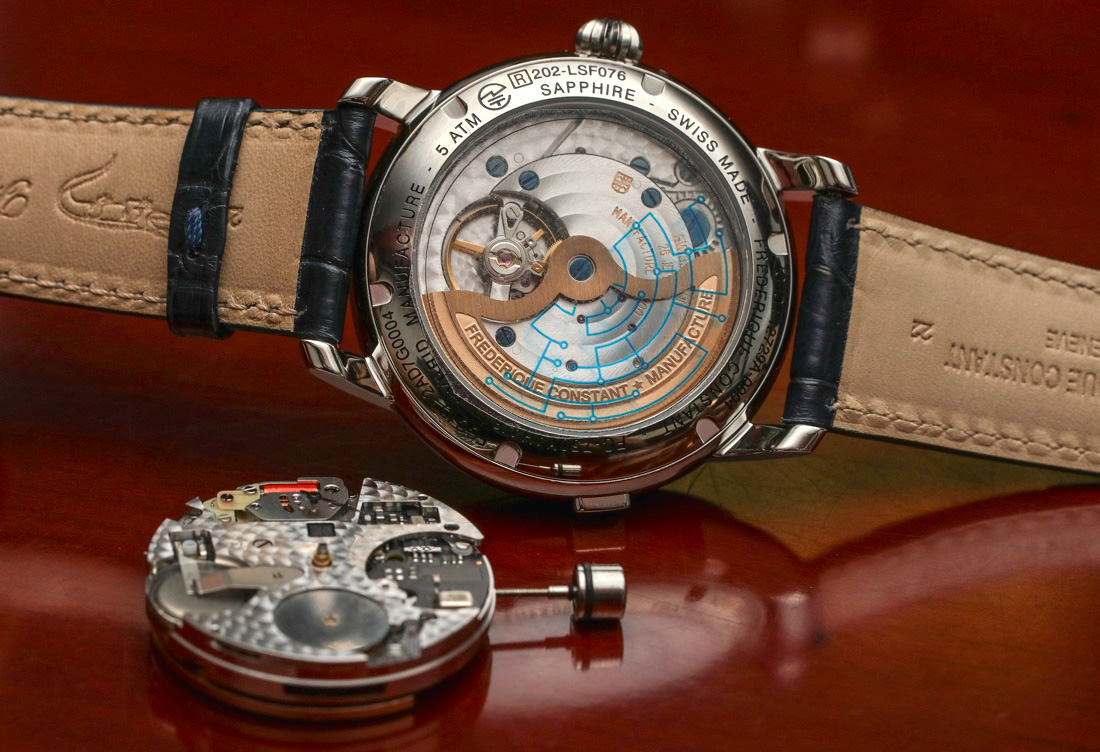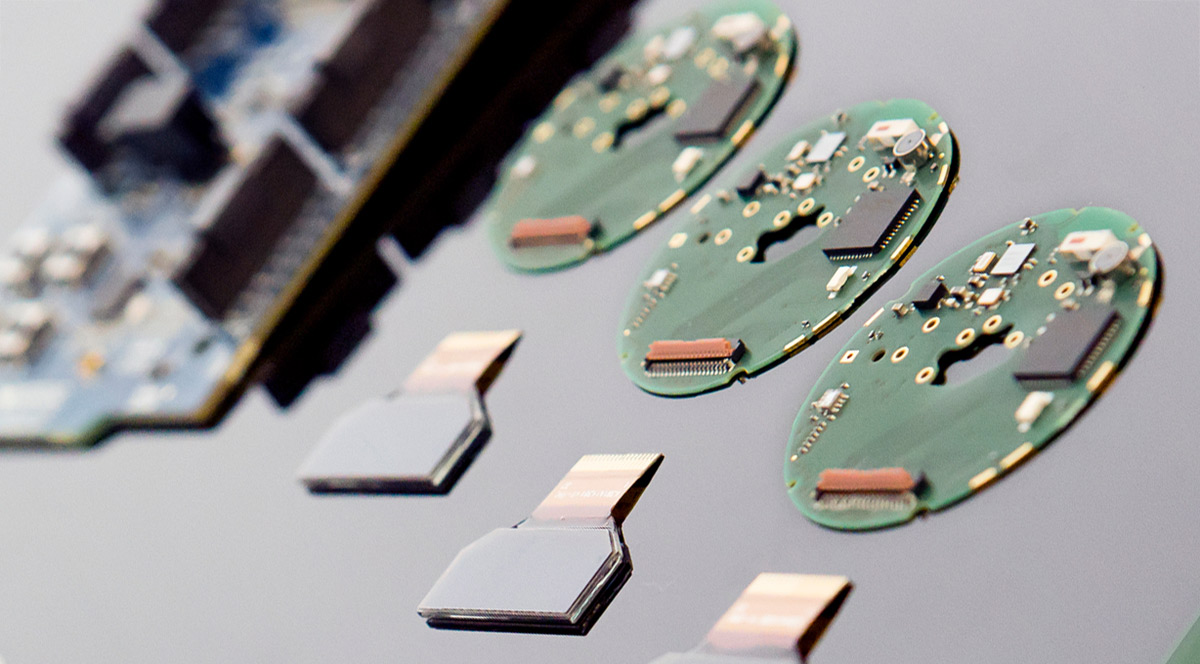
Swiss smartwatch module development company MMT has announced new technology that it promises will lead the way toward smartwatches that the wearer never needs to worry about charging. While an actual watch that uses this technology is not part of the announcement, we can take a quick look at the what the company is up to and where the segment is headed. MMT says they are currently working on “the World’s First Energy-Free Hybrid Watch,” but of course, anything needs energy in order to move – so they presumably mean it can exist autonomously from any type of charging cable or dock. The MMT module uses solar panels and an apparently new type of microchip energy harvesting in combination with improved power-conserving components to keep its capacitor and battery topped up.
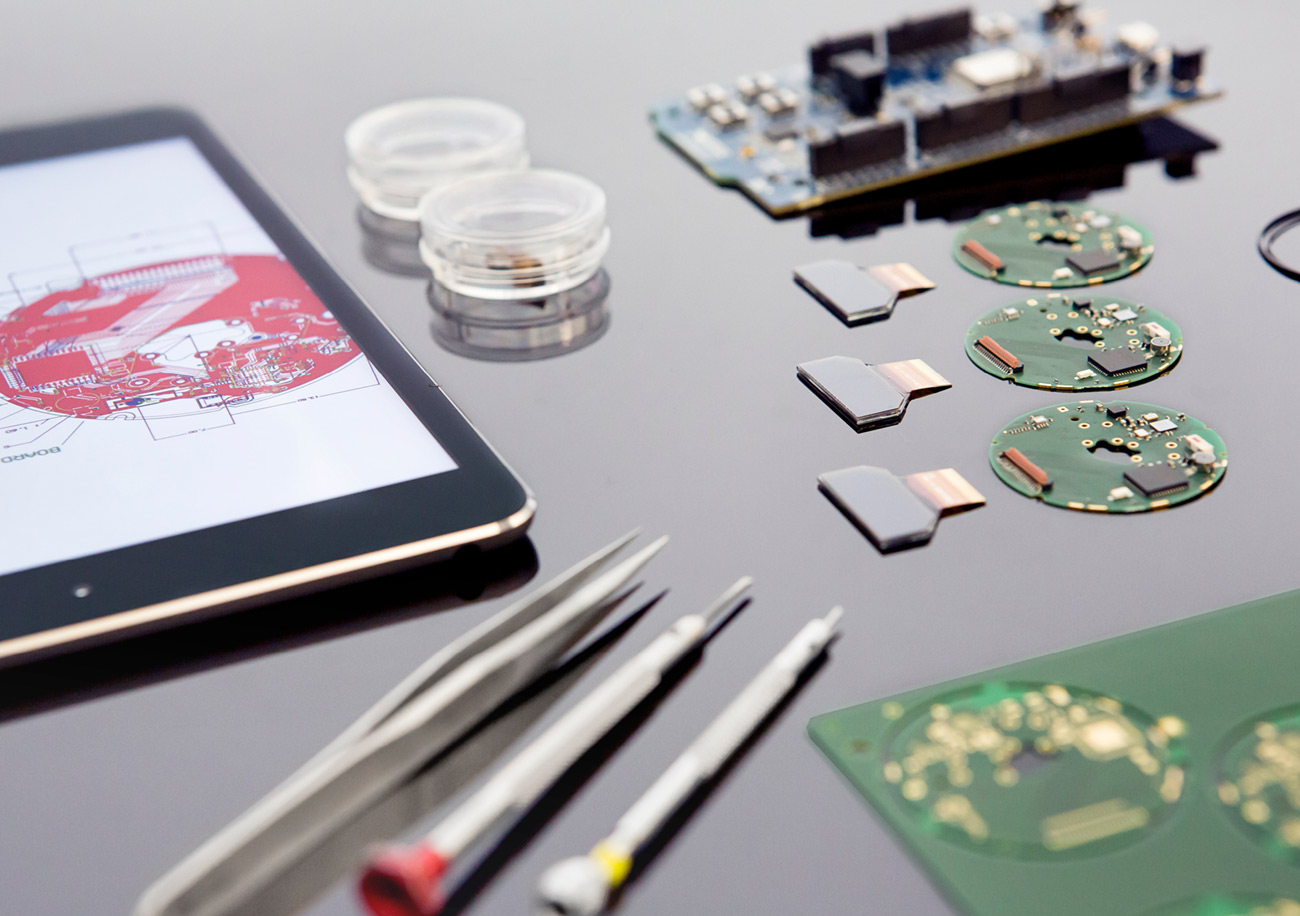
Though a relatively small company, MMT (Manufacture Modules Technologies) has been competing with Silicon Valley and large corporations, developing modules, firmware, apps, and cloud, and helping to keep watches of all kinds as Swiss as possible, it would seem. Recall that MMT worked with the Frederique Constant Group (now under Citizen) for the “Horological Smartwatches” from Frederique Constant and Alpina and later also announced an E-Strap here. Many products that use the term smartwatch, in my opinion, would be better termed “connected” watches, as they don’t offer the full functionality of touchscreens and apps like, say, the Apple Watch or others such as the Samsung Galaxy, or TAG Heuer Connected, to name a couple prominent examples. “Connected” and “hybrid” watches, on the other hand, often try to offer the look and feel of a “traditional” analog watch but with clever ways of, for example, pairing with one’s smartphone, tracking user activity, and displaying notifications. I believe this is the kind of watch we can expect to contain this technology, but maybe it is a step towards better battery life for full-color touchscreen watches as well.
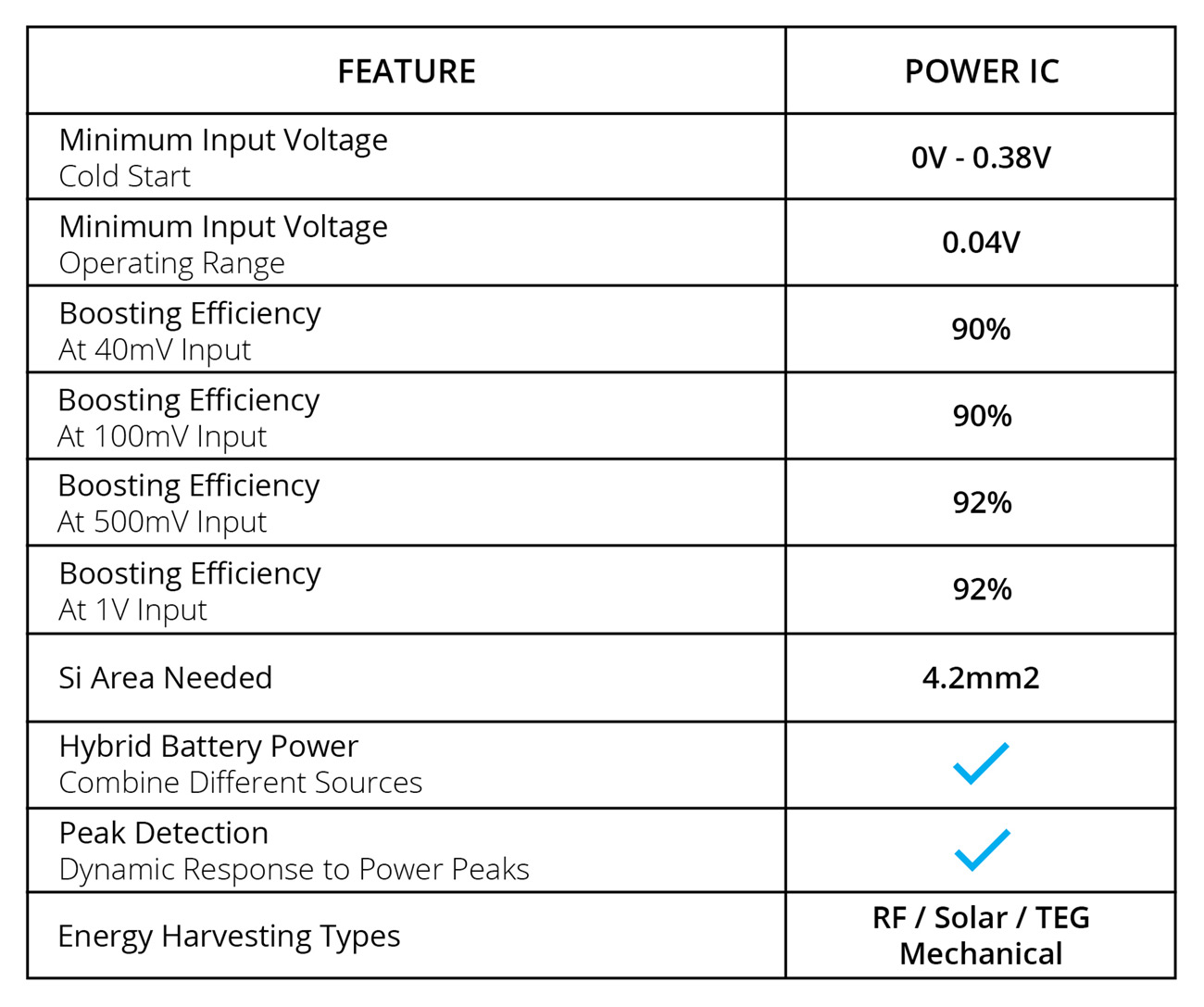
How do they do it? Well, it gets kind of nerdy, but some may feel not nerdy enough. MMT refers to a joint study with its tech partners to determine the feasibility of the different types of energy harvesting and its new module’s ability to power the desired smart functions. The study itself is not provided and details are somewhat vague, but it cites the types of energy harvested as radio frequency (RF), which refers to electromagnetic radiation converted into energy, as well as a thermoelectronic generator (TEG) which converts heat into energy. Solar power is something we are all more familiar with that converts light into energy, and the takeaway message here is that solar panel technology continues to improve in its efficiency. According to the study, with “as little as 1 hour per day, or 3 to 4 hours on the weekend of direct light, the watch is able to combine a wide range of functionalities, such as step-counting, sleep tracking, notifications, and auto-time updates, without ever requiring charging by the user.”
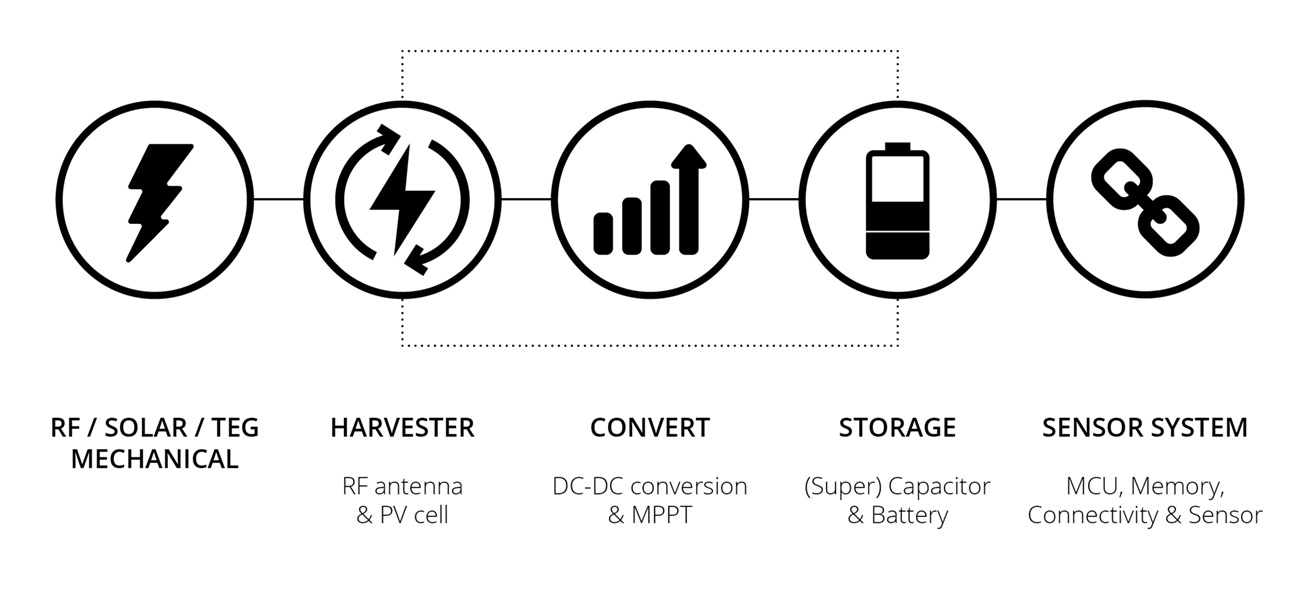
The next piece that contributes to this smartwatch module’s “energy independence” is new developments in microchip (IC, or integrated circuit) energy harvesting. Here, again, details are vague (as if we laymen could really appreciate them anyway), but we are told that efficiency has been boosted to “an unprecedented 92%” from “a mere 40mV.” So, there are various ways in which MMT is furthering how energy is collected, but of course, the other factor is an overall design that will use less energy. An “artificial intelligence algorithm,” we are told, helps conserve power usage, presumably by knowing when to pause certain functions, for example. There are, of course, many other ways of conserving energy and increasing efficiency throughout a movement and watch, some of which may even overlap with that of mechanical watches such as reducing weight and friction. These are surely part of the bigger picture as well.
The MMT announcement refers specifically to hybrid watches – and I might add that Frederique Constant is currently making what I consider some of the best-looking watches in the smart/connected category with the pretty darn interesting Hybrid Manufacture watch (hands-on here). This means a traditional mechanical movement with an electronic module integrated into it to offer connected functionality, and you can learn more about it in the linked-to article. Design and wearability are of course an important part of getting smartwatches on mainstream consumers’ wrists, but battery life is probably the biggest challenge and the name of the current competitive smartwatch game. Recent announcements such as the Samsung Galaxy watch and the Casio Protrek Smart WSD-F30, for example, were largely focused on improved battery life. MMT makes modules for other watch companies rather than its own products, so Frederique Constant and Alpina seem like candidates to employ this technology in their future watches. mmt.ch

